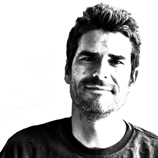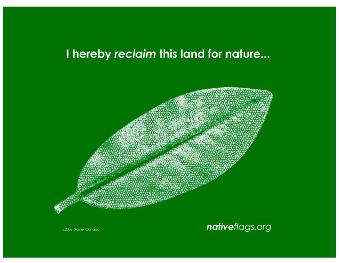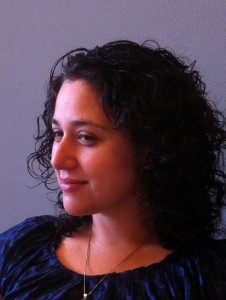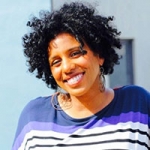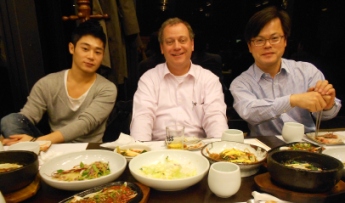
Bill Mackey
Changing Art, Changing Habits
Posted by Nov 09, 2011

Bill Mackey
You just finished writing the notes to the meeting you attended, made a .pdf of it, and sent it off via email to all the necessary parties. You check your email; you see what band is playing tonight. You leave your office and get into your car. The A/C is going and the voice on the radio is giving you a good mix of the economy, culture, sports, and weather...
Imagine attending an event about the environment or economy or planning in your community. The group that sponsors the event sounds official and they speak with official language and they speak of official issues, but there is something amiss.
They appear to be in costume, you have never heard of their agency or department, and some of the questions on the survey they have handed you are just plain odd. You realize it is a mock organization putting on a mock event, but they are tackling very real issues in a different way – with some levity, less bureaucracy. You buy into their prank, reorient your perception, and participate.
You drive up to the ATM and insert your card, enter your PIN, and request cash. You receive your cash and receipt. You put the car in D and set off. You pass signs, billboards, curbs, buildings, houses, and bus stops. You should go to the store and grab some prepared food, but you are too lazy...
Read More
